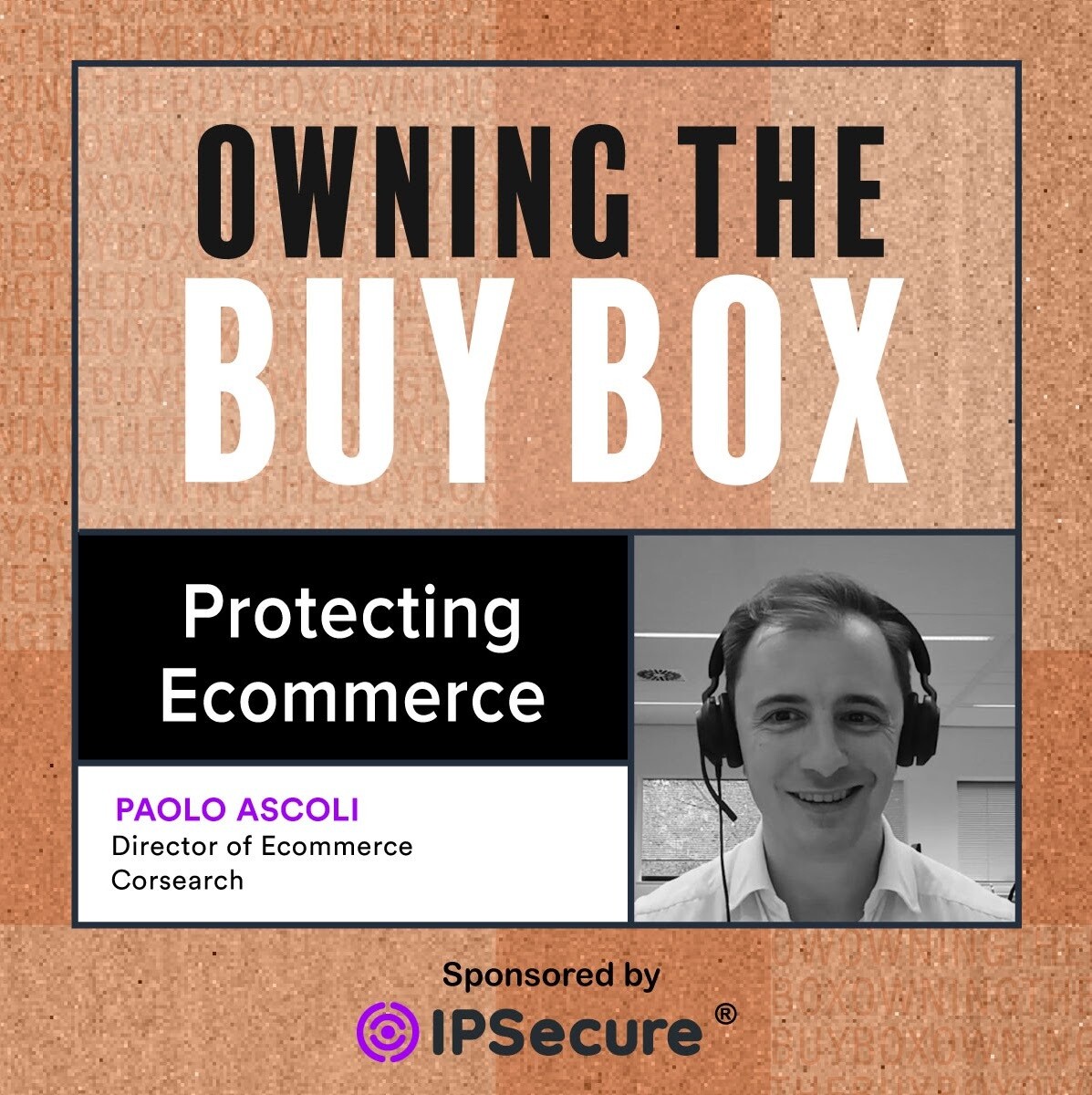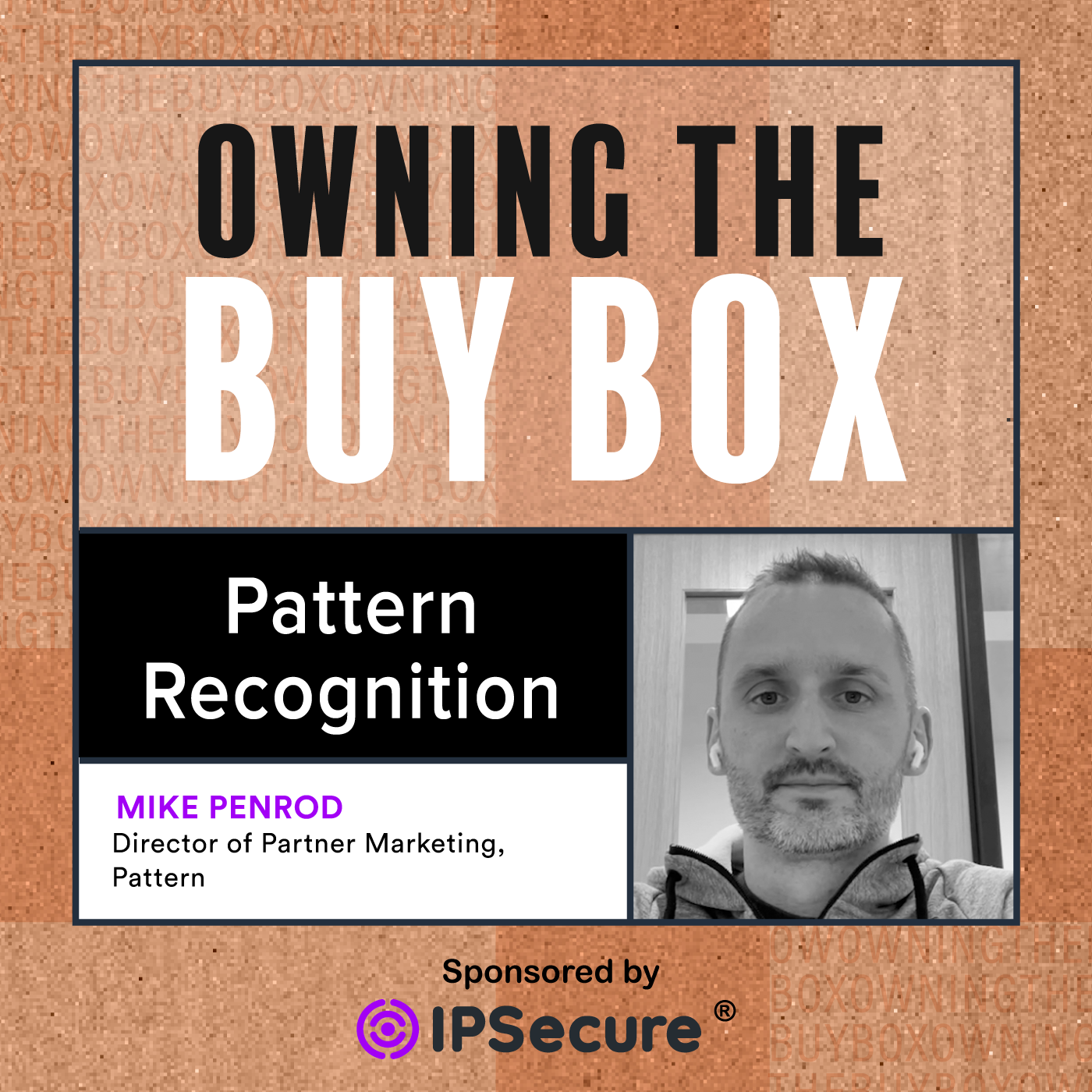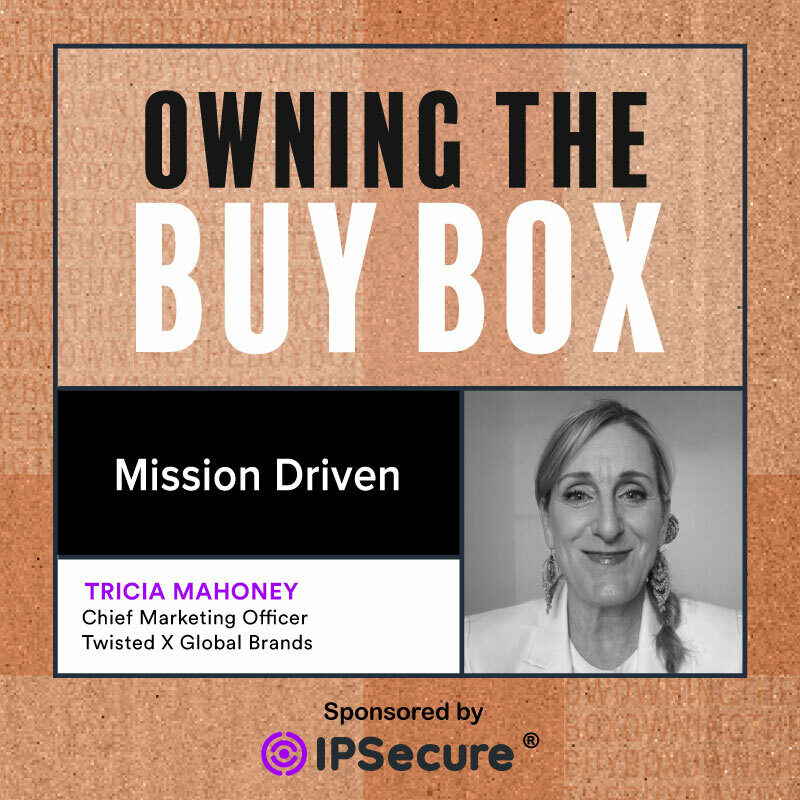5 min read
One of your biggest customer interaction points is Amazon, whether you like it or not. Either you directly offer your product on the marketplace, or your products sell indirectly through third-party sellers. Either way, you must establish a brand-protection plan for your products to control the customer experience to build a reputation and a loyal customer base.
Our most recent guest, Nick Lawton, the Amazon Program Manager at Herschel Supply Company, has had a very unique experience. He worked immersed within a changing music industry landscape during the meteoric rise of Amazon — an experience that helped him understand the importance of brand protection and owning the buy box to claim your own e-commerce space.
Join us as we discuss:
- How Amazon’s rise shaped the modern music industry
- Establishing presence ahead of any third-party sellers
- Controlling the supply chain and biggest customer interaction points
Amazon’s rapid rise and what it meant for the music industry
Before the rise of digital downloads and streaming services, the music industry was reliant heavily on owning the format. Fortunately, the shift from CDs to file sharing was gradual, as displays of CDs slowly began to move to the back of stores, eventually disappearing altogether.
Nick got a first-row seat to this shift in the early 2000s, working at Universal Music Canada.
“As the industry was going on a downward slide, Amazon was on the ascent,” he says. “They just kept taking more and more of the market share.”
While the mode in which consumers listened to music shifted, the music industry didn’t tank — it evolved. Consumers began streaming their music, and the dominant physical format collected shifted back to vinyl. In fact, by the time Nick moved on from his position, over 90% of what the organization was selling through Amazon was vinyl.
Since then, Amazon has only continued to grow, and according to Nick, have similar effects across every industry.
“Whenever I’ve spoken with different brands, all across the spectrum — whether they’re selling batteries, backpacks or music — they all have the same experience with Amazon,” Nick says. “Everyone is facing the same challenges.”
Regardless of industry, brands need to take Amazon seriously, according to Nick. If your business is successful, your products will end up on Amazon, whether you like it or not. Nick shares insight into controlling the narrative and taking back your brand on Amazon, regardless of what you sell.
Establishing presence first
Beating third-party sellers to Amazon can significantly decrease your struggle down the road. Regardless of where customers are getting your products, their experience reflects on your brand.
To be successful on Amazon, Nick argues that you should establish your presence first and take control of your customer’s experience. Controlling a brand's narrative allows organizations to utilize Amazon as a growth-driving selling and marketing tool.
“The number one thing is being ahead of everybody. You have to do everything you can to ensure that you're first,” Nick says. “Make sure you're well ahead of anyone else before information comes through the wholesale side of your business to third-party sellers.”
But you can’t always be first. Sometimes information or products slip through the cracks, and third-party sellers beat you to the platform, taking control of your brand’s narrative. Luckily, Amazon offers many tools for this, like its brand registry. So, when you develop a positive relationship with the platform, Amazon can be an excellent ally for brand protection.
Amazon is constantly shifting, releasing new and exciting systems and tools. While these changes offer many benefits, they can also be challenging to navigate, particularly in conjunction with growing competition. Maintaining a positive relationship with Amazon can help businesses prepare for any major changes before they roll out.
Taking control of the supply chain and major customer interaction points
Chasing counterfeit products, IP violations and other unauthorized sellers is a huge part of protecting your brand. But what happens when third parties sell your authentic products through legitimate channels?
When you have issues with third-party sellers, the actual problem lies within your supply chain. Somewhere between manufacturing and distribution, these sellers acquire your products and the power to influence your brand.
By taking charge of your supply chain and sales funnel, you can better control each customer touchpoint, therefore increasing your agency in shaping customer experience and brand reputation.
“It can be hard — no one wants to say no to a sale,” Nick says. “But you have to consider whether you’ll be cleaning up because of it in 10 years.”
These initiatives should be taken from the beginning to best protect your brand. Be careful about who you partner with and the third-party sellers you grant access to.
At Herschel, interdepartmental communication is vital, as each work together to make intelligent decisions about who the organization works with.
“It’s all about taking a step back and having intent with who you deal with,” Nick says. “We're always trying to work with the best. We're trying to make sure we have a great relationship with them and that we’re working together to further the brand.”
Did you enjoy the content? Listen to the full Owning the Buy Box episode.
To hear this episode, and many more like it, you can subscribe to Owning the Buy Box Podcast on our website, Apple Podcasts, Spotify, or just search for Owning the Buy Box in your favorite podcast player.



